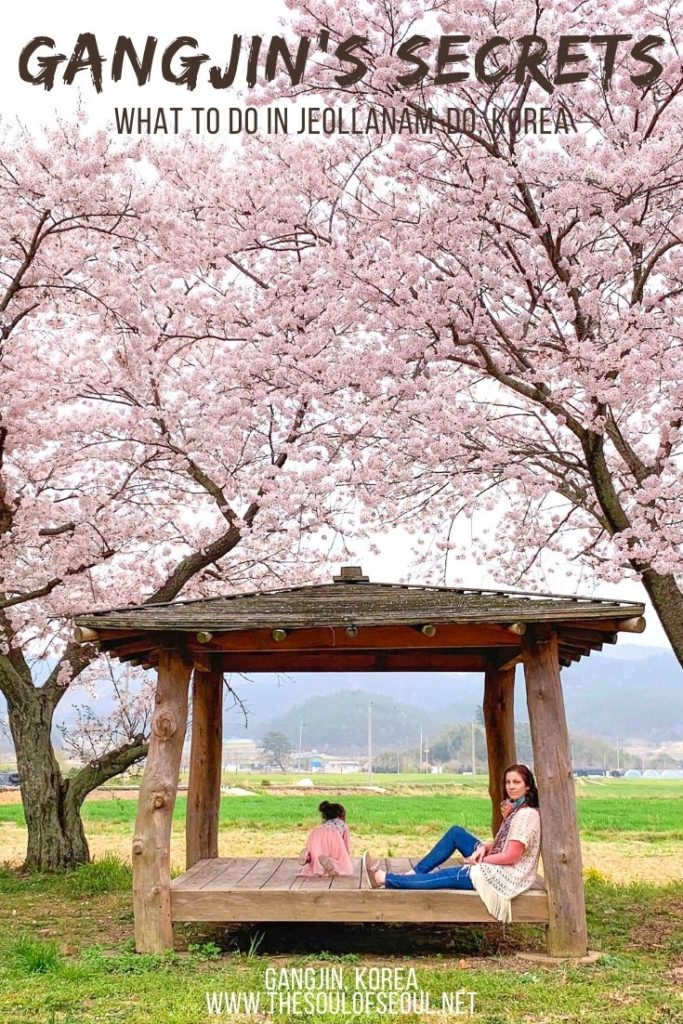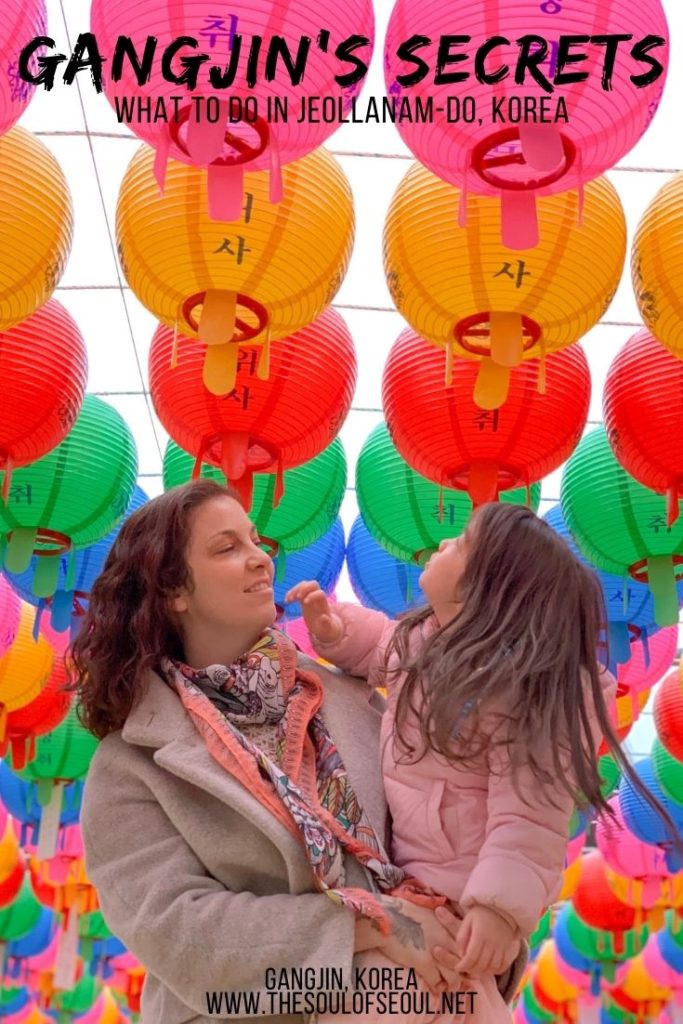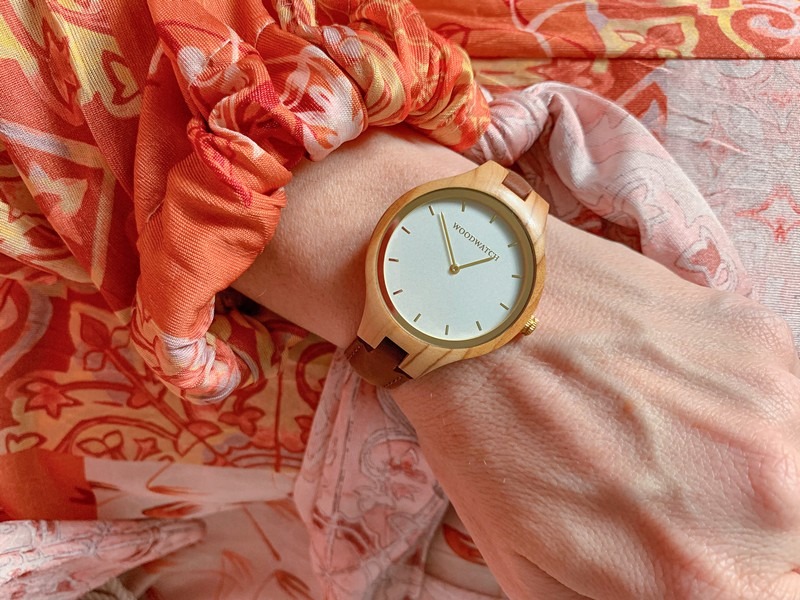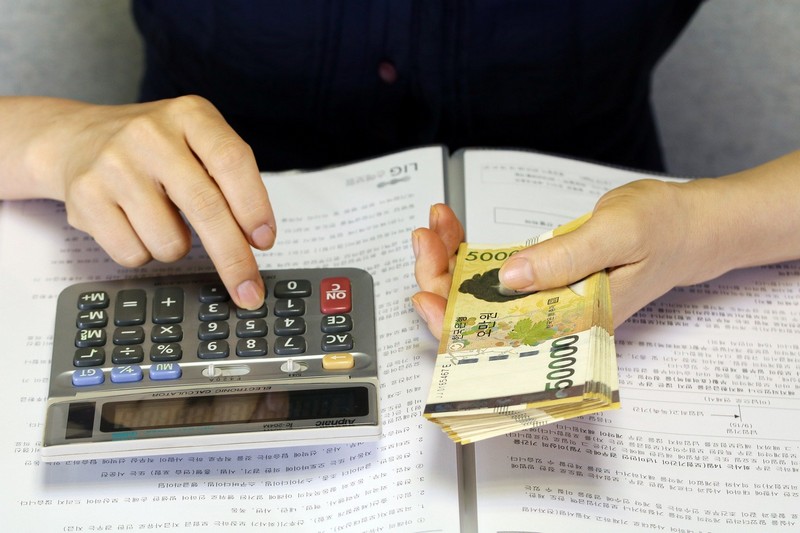Gangjin’s Secrets: What To Do In Jeollanam-do, Korea
Last Updated on April 6, 2025
There are plenty of places around Korea to take an adventure and some are really hidden. This year has been the year for adventuring to hidden gems in Korea, hasn’t it?
Gangjin is a beautiful place to go in Jeollanam-do. I’ve been to and through the area twice and both times in the spring and was lucky to just find the most gorgeous cherry blossom lined lanes with absolutely no traffic nor people. Ever wonder where you can see cherry blossoms in Korea? Literally every where and if you just take a drive to the far reaches, you’ll find cherry blossoms that only you will be enjoying. Are you ready for epic sunsets and cherry blossoms in Korea? Gangjin just might be where you should go.
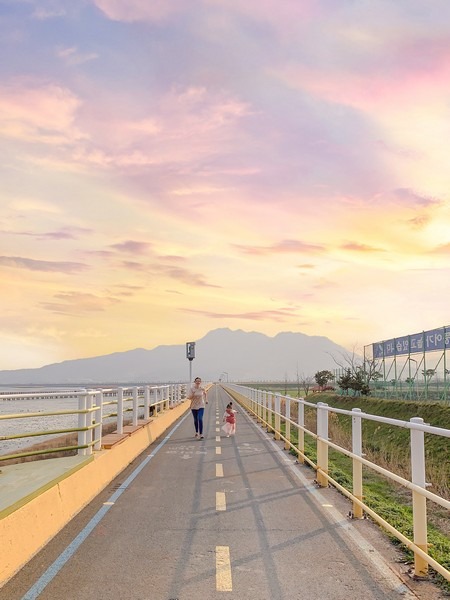
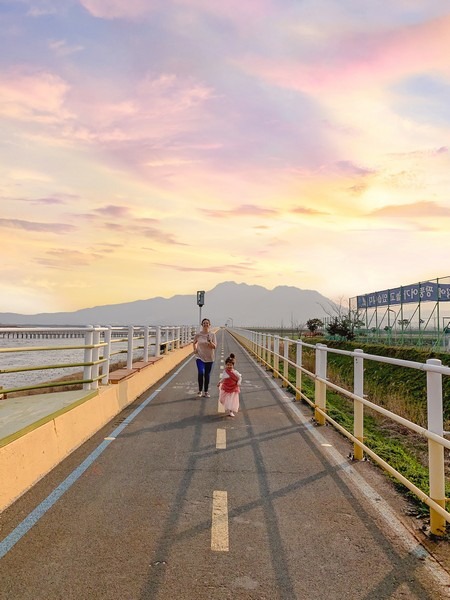
Cherry blossom aren’t the only thing to find in Gangjin though. Here’s what you need to know to plan a trip to Gangjin, Jeollanam-do.
(This post contains affiliate links, which means I receive a certain percentage of a sale if you purchase after clicking at no cost to you. Thank you for your support.)
How To Get To Gangjin
To get to Gangjin, it will require a bit of hopping around but it’s worth it and you’ll definitely be getting out to some hidden gems and off the beaten path. If it were too easy to get to, you’d find more people there, right? So, hop hop and get there when you can.
By Air
Many people don’t realize they can fly to quite a few places domestically in Korea. Don’t discount this fast and easy option. From Gimpo Airport in Seoul, you can take a 50 minute flight down to Gwangju and then from Gwangju Bus Terminal take a bus to Gangjin Bus Terminal in around an hour.
It does take a little hoping from transportation option to transportation option, but it’s an option. Need to get to the skies? Try flying domestically in Korea to your next destination.
By Train
If you want to take the train to Gangjin, you’ll first take a train from Seoul Station to Gwangju Songjeong Station. This part takes a bit under 2 hours and costs between W31,000 and W48,000. From Gwangju Songjeong Station, you’ll take the subway to Nongseong Station to find the Gwangju Bus Terminal.
You could also take a taxi if you just want to get to the terminal directly. It’s a pretty short trip under 10 minutes. The bus from Gwangju then takes you directly to Gangjin and gets there just over an hour and costs around W15,000.
By Bus
From Seoul Central City Terminal, there’s a bus to Gangjin 6 times a day and it takes 4.5 hours. Check the route of the bus so you know where to get off though. Some routes will have you stop in Gwangju on the way down and you may or may not transfer to a bus that’s going another hour from there to Gangjin. This option would cost between W33,000 and W43,000 depending on what kind of bus you get.
Where To Stay In Gangjin
Murmurar Guesthouse
This adorable pension has an orchard out back which makes it a just gorgeous scene from spring through autumn. There’s a kitchen and terrace, and a well kept clean interior. It’s definitely a hidden gem of a spot but a beautiful one to find just outside of Gangjin in the Jangheung area of Jeollanam-do.
Check out this beautiful place on Booking.com or book your stay on Agoda.com
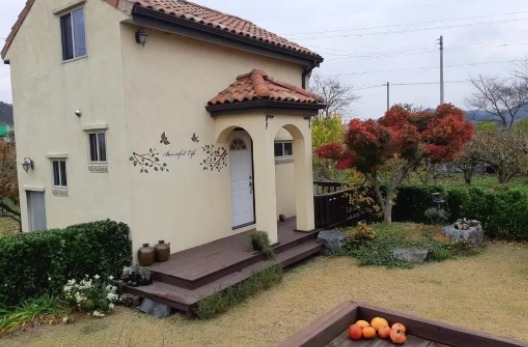

Hanok Airbnb
The best place to search for a stay in the Gangjin area is actually Airbnb. There aren’t many hotels in the area at all but there are local Hanoks and farm stays available. We enjoyed a farm stay when we visited. This Hanok stay is comfortable, simple, and rustic but has the amenities you need for a lovely evening.
There are a few options in the area, so check out this and the other local Gangjin Airbnbs for the best local stay you can have on your trip.
What To Know About Gangjin
Today, Gangjin-eub is an agricultural area known for rice, tomato, and persimmon harvests. More than that though, the area has a 1000 year history with the production of Goryeo celadon, a traditional Korean pottery where shallow patterns are etched while it’s wet and then it’s glazed to produce some beautiful green pieces that can be used as decoration or for everyday use. It’s a rural area with some very unique and interesting arts to find.
Things To Do In Gangjin
When looking for what to do in Gangjin, it’s all about getting outside and enjoying nature and the cultural sites. This rural area has an interesting geography and looks like a horse shoe as it goes up and around water coming in from the ocean.
Take your time to move around the area finding what there is to see and do in Gangjin, Korea.

Gangjinman Ecological Park (강진만생태공원)
Much like Suncheonman Ecological Park, Gangjin has a scenic bay of reeds and wooden boardwalks that is not to be missed. Much of the southern coast is gorgeous natural wonders and the bays are filled with creatures and birds.
Walking out as the land ends and the sea begins and taking in the beauty is a must and this is a beautiful area to take a walk. It’s also a rather easy walk since it’s flat. This a beautiful quiet place to take a walk and enjoy just beautiful natural views. You may even see some of the Korean wildlife and birds flying through if you watch closely. We really enjoyed our stop here and think you will too.
- Address: 97-111 Namdang-ro, Gangjin-eub, Gangjin-gun, Jeollanam-do (전남 강진군 강진읍 남당로 97-111)
Gangjin Dawon (전남 강진다원)
Like I said, Gangjin tends to be off the beaten path for most people so the places you go here are generally less touristed. If you’re a green tea fan and want to visit some green tea fields in Korea that are less touristy but just as gorgeous to visit in person, then head to Gangjin Dawon. These green tea fields are at the foot of Wolchulsan Mountain. The tea that is cultivated here tends to have a strong scent but rarely tastes bitter.
Gangjin Dawon is actually the home of Korea’s first green tea product “Baegunokpancha” which was produced up until the independence of Korea in 1945. Today, there are omre than 80 acres of green tea fields.
- Address: 93-25 Baegun-ro, Gangjin-gun, Jeollanam-do (전남 강진군 강진읍 백운로 93-25)

Korean Minhwa Museum (한국 민화뮤지엄)
Minhwa means folk paintings and here you can see some just beautiful artworks from the Joseon period from 1392 to 1910. Their collection has 4,500 paintings and 250 pieces and paintings and displayed and circulated throughout the year.
After looking at the gorgeous works of art, there are also experience programs to get involved in. We decorated our own leather wallets with Korean traditional style drawings. There’s also a 4D virtual experience zone which was really appealing as well.
Pro Tip: This museum doesn’t seem all that busy but if you go in the spring there is the most gorgeous cherry blossom lane in front of it with Korean pavilions and there were no cars to speak of. If you’re looking for cherry blossoms off the beaten path, look no further.
- Address: 61-5 Cheongjachon-gil, Daegu-myeon, Gangjin-gun, Jeollanam-do (전남 강진군 대구면 청자촌길 61-5)
- Hours: Tuesday – Sunday: 9:30am ~ 5:30pm (Closed Mondays)
- Website: www.minhwamuseum.com
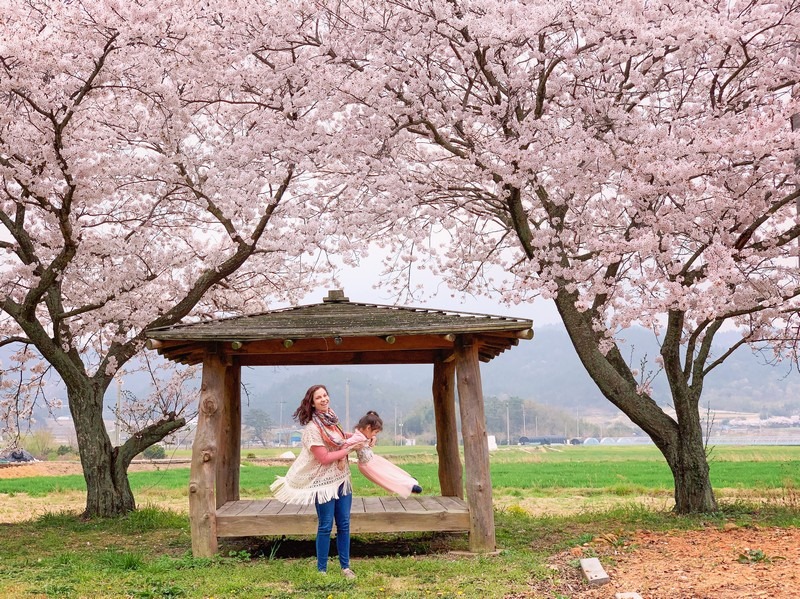

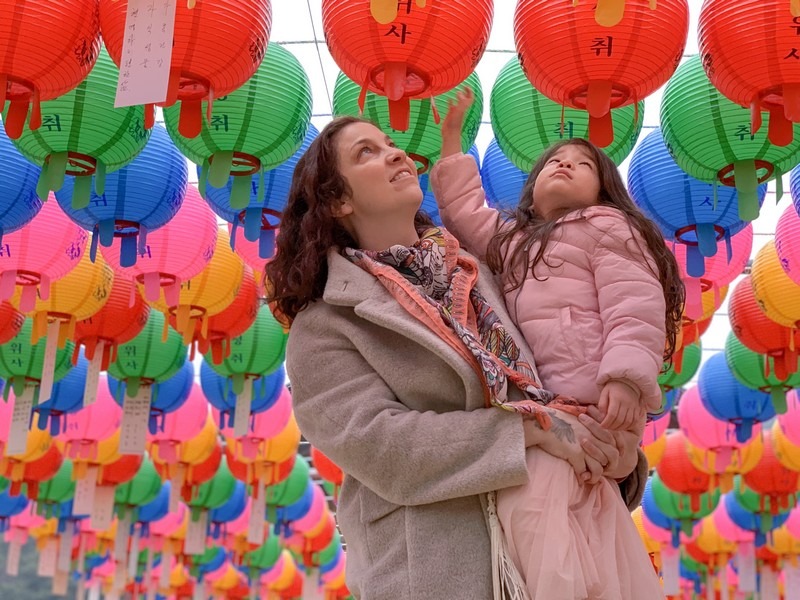

Muwisa Temple (무위사)
Located on Wolchulsan Mountain, we were lucky enough to visit in the spring when the lanterns were hanging creating the prettiest and most colorful spring views. Built by Wonhyo during the Shilla Dynasty, most of it was destroyed during the Seven Years War in the 16th century and was rebuilt later.
Today, Geungnakjeon Hall is National Treasure #13 as it was built in 1476. The other buildings on the premises that were original were found to have been built in 1555 so the hall is the oldest building on site still standing. There are numerous of national treasures on premises though. There was a preservation construction done in 1974 to maintain what visitors can see today. It’s a beautiful site with beautiful nature and scenery in the surrounding area.
- Address: 308 Muwisa-ro, Gangjin-gun, Jeollanam-do (전라남도 강진군 성전면 무위사로 308)
Gangjin Celadon Museum (강잔청자박물관)
Celadon which was developed in the late Goryeo Dynasty and actually came to represent the dynasty. It requires a special technique to etch patterns in the clay, filling the pattern with kaolin and white clay and then baking the pottery and finally applying a glaze. The ceramic artists in Gangjin were known for their outstanding work and technique so there are around 180 kiln sites in the area which is about half of all kiln in the country. The Gangjin Celadon Museum has a beautiful and diverse display to showcase celadon works from the 9th century to the 14th century.
- Address: 33 Cheongjachon-gil, Daegu-myeon, Gangjin-gun, Jeollanam-do (전남 강진군 대구면 청자촌길 33)
- Admission: Adults: W2,000; Children: W1,000
- Hours: 9:00am ~ 6:00pm (Closed Mondays)
- Website: www.celadon.go.kr
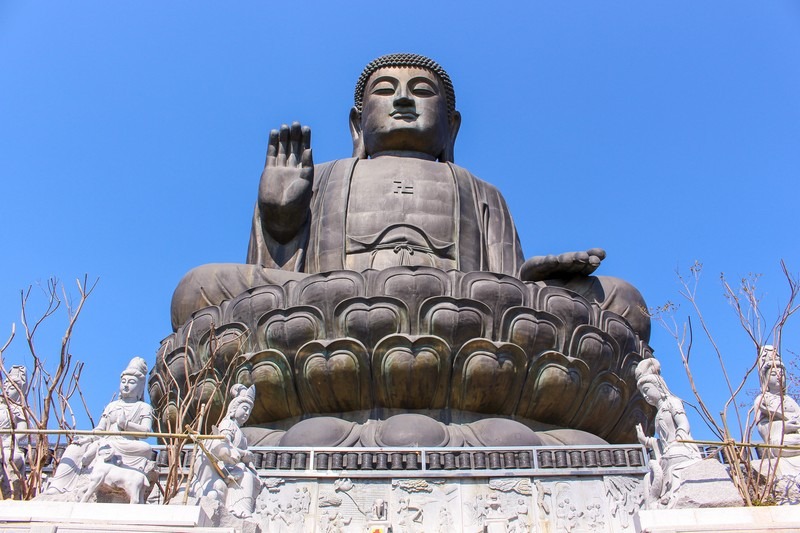
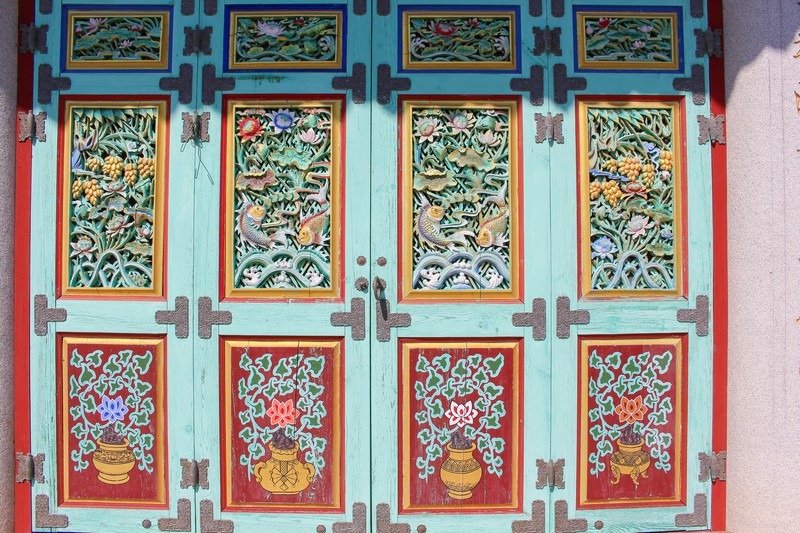
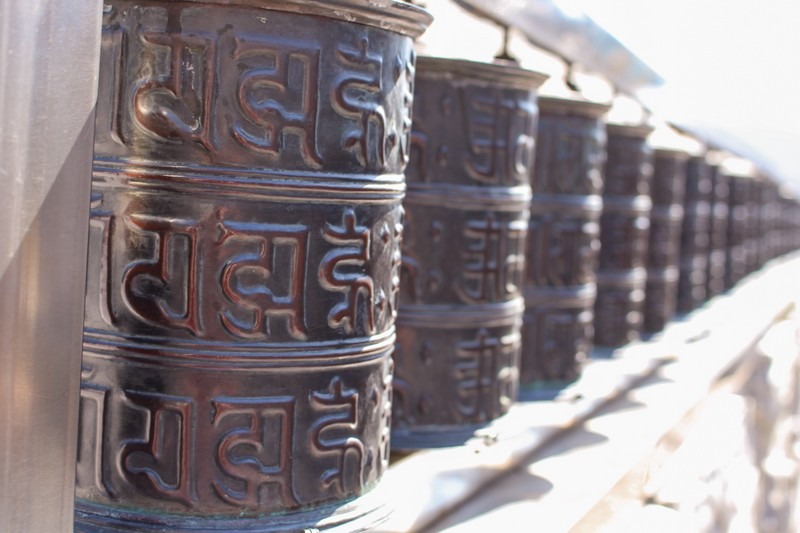
Nammireuksa Temple (남미륵사)
Nammireuksa Temple is a stunning temple with a garden that a monk cultivated for over 38 years. Not only is the garden gorgeous, and you should absolutely visit in the spring if you can when the azaleas are blooming, but the temple is also home to the largest seated brass Buddha in Asia, so the signs will tell you.
Around it are 258 prayer wheels with a Buddhist prayer in Sanskrit and four Chinese characters at the top of every wheel. You should turn each prayer wheel and walk around the giant Buddha at least three times for the full effect. It’s quite stunning set up on the perch looking down and if you’re lucky like we were and are the only ones there, definitely take the time to sit down and enjoy the views.
- Address: 24-13 Pungdong 1-gil, Gundong-myeon, Gangjin-gun, Jeollanam-do (전남 강진군 군동면 풍동1길 24-13)
Gangjin, Jeollanam-do is very much a hidden gem of an area in South Korea. I might be biased because I’ve visited twice in the spring, but this has to be one of the most well kept secret cherry blossom spots in the entire country. Lanes and lanes of cherry blossom lined roads and just very few people in sight. Should you visit this rural area of Korea? Absolutely!
Did you like this post? Pin It!
